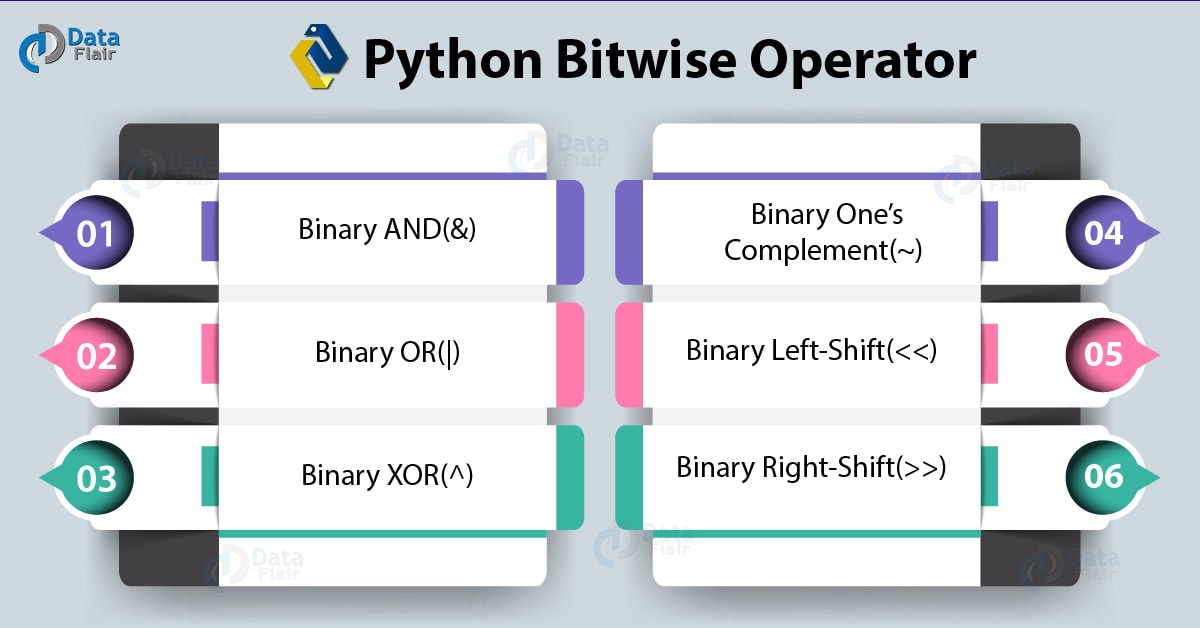
Difference between == and is operator in Python
The == operator compares the values of both the operands and checks for value equality. Whereas is operator checks whether both the operands ask an equivalent object or not.
OUTPUT :
- Output of the primary if condition is “True” as both list 1 and list 2 are empty lists.
- Second if condition shows “False” because two empty lists are at different memory locations. Hence list 1 and list 2 ask different objects. we will check it with id () function in python which returns the “identity” of an object.
- Output of the third if condition is “True” as both list 1 and list 3 are pointing to an equivalent object.
OUTPUT :






